An exploration of natural history and scientific art. Created and curated by Michelle Marshall, an Independent Researcher.
Don't wanna be here? Send us removal request.
Text

Greater Birds of Paradise
Paradisea apoda. SciArt by John Gould and William Hart for Gould's Monograph of the Paradiseidae, Vol. 1 (1891-98).
80 notes
·
View notes
Text

How many insects can you spot?
Insects are the masters of camouflage and mimicry! Insects that are are camouflaged blend in with their environments through colors, patterns, and shapes. Mimicry is an evolutionary adaptation where insects resemble another species or a natural object.
There are 27 insects in this illustration showcasing the wonders of camouflage and mimicry. If you are curious as to where all the little wild things are, view this key from the text in Biodiversity Heritage Library for the answers!
SciArt by H. Morin for The Royal Natural History, Vol. 6 (1896), edited by Richard Lydekker.
263 notes
·
View notes
Text

Wombat
Vombatus ursinus. Wombats are marsupials native to Australia.
SciArt by John Gould and Henry Constantine Richter for Gould's Mammals of Australia, Vol. 1 (1863).
View more in the Biodiversity Heritage Library with thanks to the Smithsonian Libraries and Archives for digitizing. BHL also has a Flickr album with more beautiful illustrations from this volume.
#histsciart#sciart#naturalhistory#biodiversity heritage library#smithsonian libraries#marsupials#wombat#australia
117 notes
·
View notes
Text

Great Eared Nightjars
Lyncornis macrotis.
These wonderful birds, who resemble dragons, live in Southeast Asia, and they are masters of camouflage by blending in seamlessly with their arboreal environs during their daytime respite. At night, they begin their hunt for insects, catching them on the wing.

SciArt by Elizabeth Gould and John Gould for John Gould's Icones Avium (c.1837). View more beautiful bird illustrations from this publication in Biodiversity Heritage Library's Flickr album.
#histsciart#sciart#naturalhistory#biodiversity heritage library#ornithology#birds of tumblr#smithsonian libraries#birds
161 notes
·
View notes
Text

Cuttlefish, Squid, and Octopuses
Figure 1 (Top Left): European Squid or Common Squid (Loligo vulgaris).
Figure 2 (Center): Unicorn Octopus (Scaeurgus unicirrhus).
Figure 3 (Bottom Left): Common Cuttlefish (Sepia officinalis).
Figure 4 (Right): Musky Octopus (Eledone moschata).
SciArt by Comingio Merculiano for Giuseppe Jatta, I Cefalopodi viventi nel Golfo di Napoli (1896).
View more stunning illustrations from this work in Biodiversity Heritage Library's Flickr album. This work was digitizing and contributed to BHL's digital natural history library by Smithsonian Libraries and Archives.
#cuttlefish#squid#octopus#cephalopod#natural history#biodiversity heritage library#smithsonian libraries#HistSciArt#SciArt#oceancore
116 notes
·
View notes
Text

"Queen of the Night"
Selenicereus pteranthus, known as "queen of the night" or "princess of the night" is a night-blooming cactus.
This week's HSA Sunday Garden features SciArt found in The Natural History of Plants, Vol. 1 (1894) by Anton Kerner von Marilaun, translated by F. W. Oliver with the assistance of Marian Busk and Mary F. Ewart. This particular image was printed from the original by Ernst Friedrich Heyn held by the publishing company, Bibliographisches Institut in Leipzig, Germany.
View more in Biodiversity Heritage Library with thanks to the Mertz Library of the New York Botanical Garden for digitizing.
#cactus#night blooming cactus#queen of the night#princess of the night#histsciart#sciart#naturalhistory#biodiversity heritage library#flowers#nybg#flower art#flowercore
302 notes
·
View notes
Text

"Tropical Epiphytes in Ceylon"
Epiphytes, commonly known as air plants, grow on other plants, known as phorophytes, and get their nutrients and water from the air, rain, or debris surrounding it. This illustration shows a variety of epiphytes growing in a forest of Sri Lanka, which is historically known as Ceylon.
This week's HSA Sunday Garden features SciArt found in The Natural History of Plants, Vol. 1 (1894) by Anton Kerner von Marilaun, translated by F. W. Oliver with the assistance of Marian Busk and Mary F. Ewart. This particular image was printed from the original held by the publishing company, Bibliographisches Institut in Leipzig, Germany.
View more in Biodiversity Heritage Library with thanks to the Mertz Library of the New York Botanical Garden for digitizing.
#HSA Sunday Garden#histsciart#sciart#biodiversity heritage library#naturalhistory#flowers#flowercore#epiphytes
82 notes
·
View notes
Text

Delightful Dahlias
"Miss Ella V. Baines' Boquet Collection of Choicest Dahlias", beautifully illustrated for her 1914 garden catalogue.
Miss Ella V. Baines, professionally known as the "Woman Florist" from "Springfield, Ohio" on her seed and nursery catalogues, produced at least 36 publications retailing her garden plants. These catalogues can be found in Biodiversity Heritage Library as part of the Henry G. Gilbert Nursery and Seed Trade Catalog Collection. The earliest one in this collection is from Autumn 1897, and the last one, noting that retail catalogues will no longer be produced, is from 1931, which is in the midst of the Great Depression.
#histsciart#sciart#naturalhistory#biodiversity heritage library#flowers#natural history#gardencore#gardening#flowercore#cottagecore
45 notes
·
View notes
Text

Orchid
Hybrid orchid cultivated from a Laelia and a Cattleya species. SciArt by Alphonse Goossens for Dictionnaire Iconographique des Orchidees, Laelia-Cattleya by Alfred Cogniaux.
View more in the Biodiversity Heritage Library (@biodivlibrary) with thanks to the Smithsonian Libraries and Archives (@smithsonianlibraries) for digitizing.
#bhlib#histsciart#sciart#naturalhistory#biodiversity heritage library#flowers#smithsonian libraries#orchids#flowercore#gardencore#cottagecore
57 notes
·
View notes
Text

Northwestern Common Kingfisher
Alcedo atthis ispida. SciArt by John Gerrard Keulemans for Naturgeschichte der Vögel Mitteleuropas, Bd. 4 (1091) by Carl R. Hennicke.
View more in Biodiversity Heritage Library with thanks to Smithsonian Libraries and Archives (@smithsonianlibraries) for digitizing.
#kingfisher#ornithology#HistSciArt#sciart#naturalhistory#biodiversity heritage library#smithsonian libraries
261 notes
·
View notes
Text
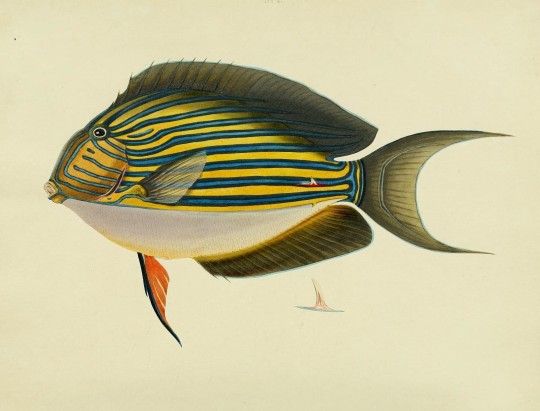
Lined Surgeonfish
Acanthurus lineatus. SciArt by John Whitchurch Bennett for his Fishes of Ceylon, 2nd Ed. (1834).
View more in the Biodiversity Heritage Library with thanks to the Smithsonian Libraries and Archives for digitizing.
#histsciart#sciart#biodiversity heritage library#smithsonian libraries#natural history#fish#Ichthyology#Sri Lanka#Surgeonfish
88 notes
·
View notes
Text
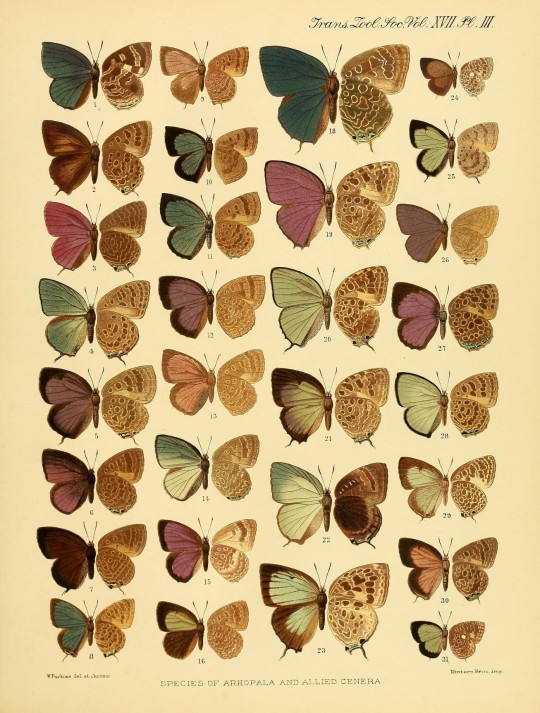
🦋 Butterflies 🦋
SciArt by William Purkiss for the Transactions of the Zoological Society of London, Vol. 17 (1903-6).
View more in the Biodiversity Heritage Library with thanks to the Smithsonian Libraries and Archives for digitizing.
172 notes
·
View notes
Text
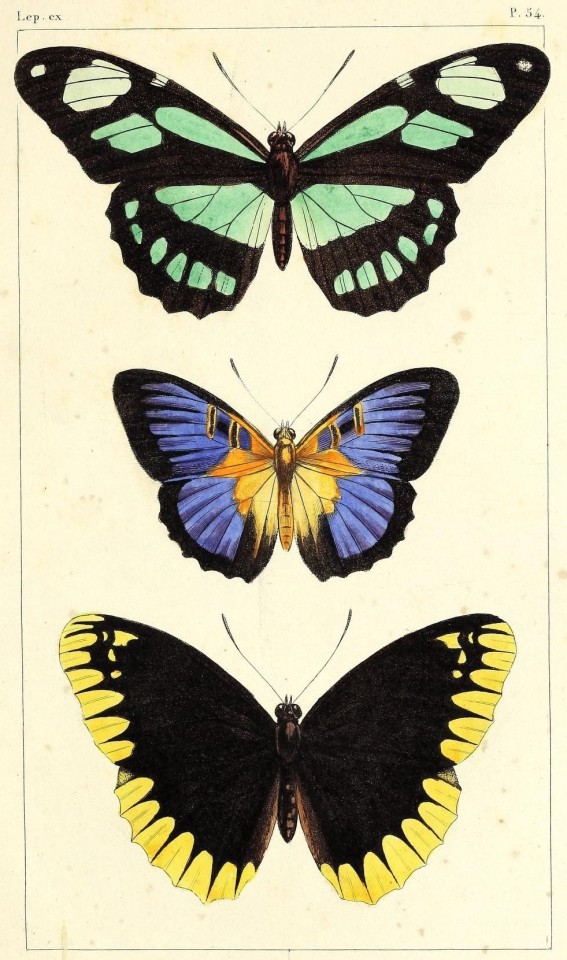
Beautiful Butterflies
These beautiful butterflies are from Plate 54 in Histoire Naturelle des Lépidoptères Exotiques (1835) by Pierre-Hippolyte Lucas (17 January 1814 – 5 July 1899). Lucas was a French entomologist, who worked at the Muséum National d’Histoire Naturelle.
Histoire Naturelle des Lépidoptères Exotiques was a serial publication in 20 parts that contains 80 hand-colored plates with descriptions and illustrations of non-European butterflies, including many species from South America, Australia, or Asia.
Plate 54 showcases 3 species of butterflies that are likely to be known currently as:
Scarce Bamboo Page, Philaethria dido
Lacewing butterfly, Cethosia lamarckii
Lacewing butterfly, Cethosia leschenaultii
View more beautiful plates from this work in Biodiversity Heritage Library‘s Flickr album. Smithsonian Libraries and Archives digitized this work for BHL and added it to their Flickr collection.
#histsciart#sciart#naturalhistory#biodiversity heritage library#smithsonian libraries#butterflies#lepidoptera
99 notes
·
View notes
Text

Cherry Blossoms
Beautiful pink cherry blossoms from the Yokohama Nursery Company catalogue (1909-10).
View more in Biodiversity Heritage Library with thanks to the Mertz Library of the New York Botanical Garden for digitizing.
#cherry blossoms#flowers#flowercore#gardening#gardencore#biodiversity heritage library#histsciart#sciart#nybg#bhlib#natural history
86 notes
·
View notes
Text
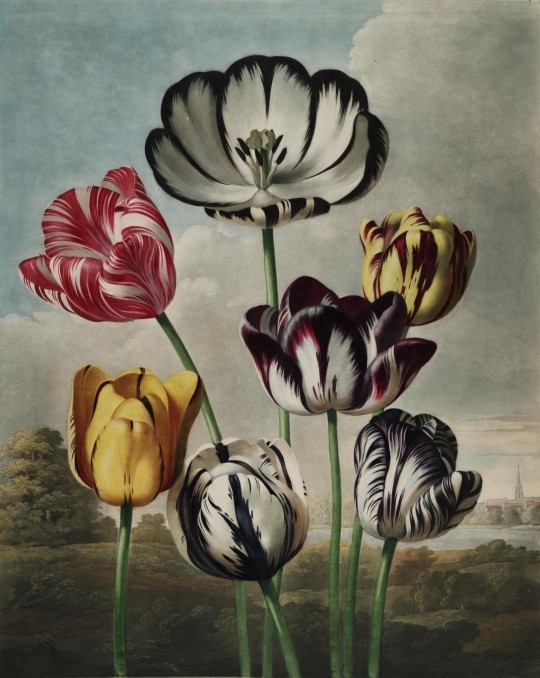
Tulips
SciArt by Philip Reinagle for Robert John Thornton, Temple of Flora (1807).
View more in the Biodiversity Heritage Library (@biodivlibrary) with thanks to the Peter H. Raven Library of the Missouri Botanical Garden (@mobotgarden) for digitizing.
#bhlib#histsciart#sciart#naturalhistory#biodiversity heritage library#flowers#Missouri Botanical Garden#flowercore#tulips
182 notes
·
View notes
Text
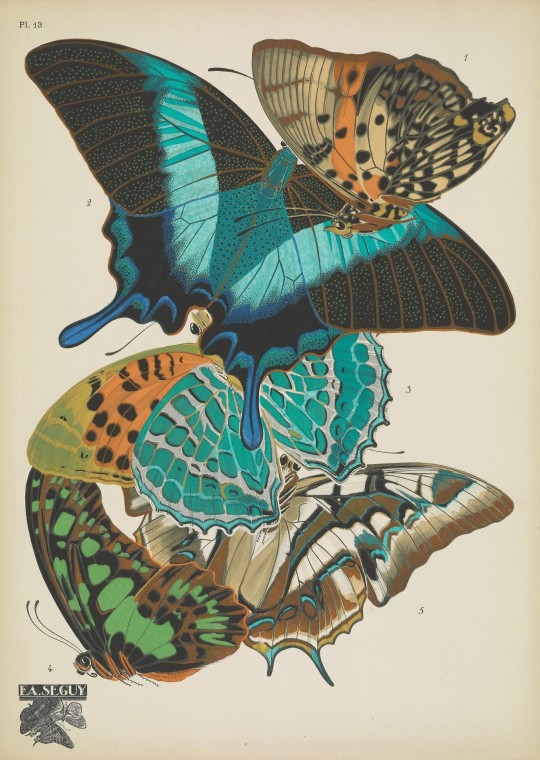
Beautiful Butterflies
SciArt by Emile-Allain Séguy for his Papillons (1925).
Séguy was inspired by nature to design decorative patterns meant for textiles and wallpapers.
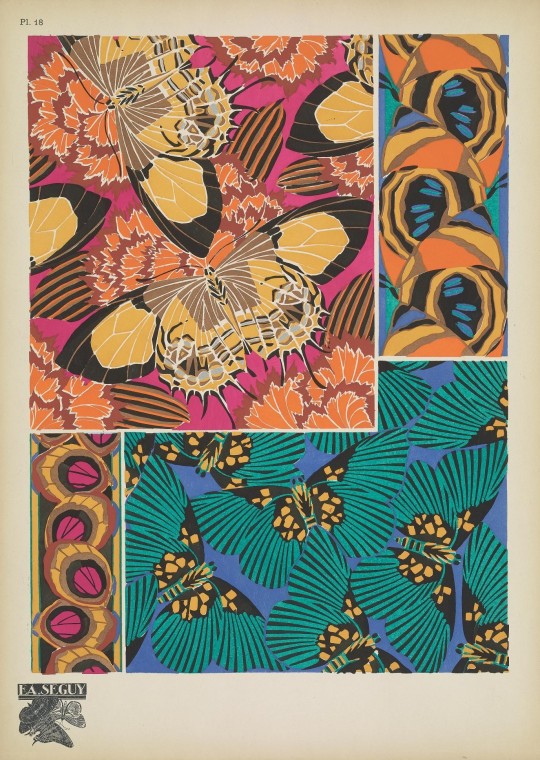
Séguy's Papillons (1925) is part of the Public Domain, which means that these illustrations may be reused for any purpose. As an example, I used the lower pattern of this illustration to create my website's header.
View more in Biodiversity Heritage Library with thanks to Smithsonian Libraries and Archives (@smithsonianlibraries) for digitizing.
#Papillons#Butterflies#Seguy#bhlib#histsciart#sciart#naturalhistory#biodiversity heritage library#smithsonian libraries#textile art#wallpaper
145 notes
·
View notes
Text
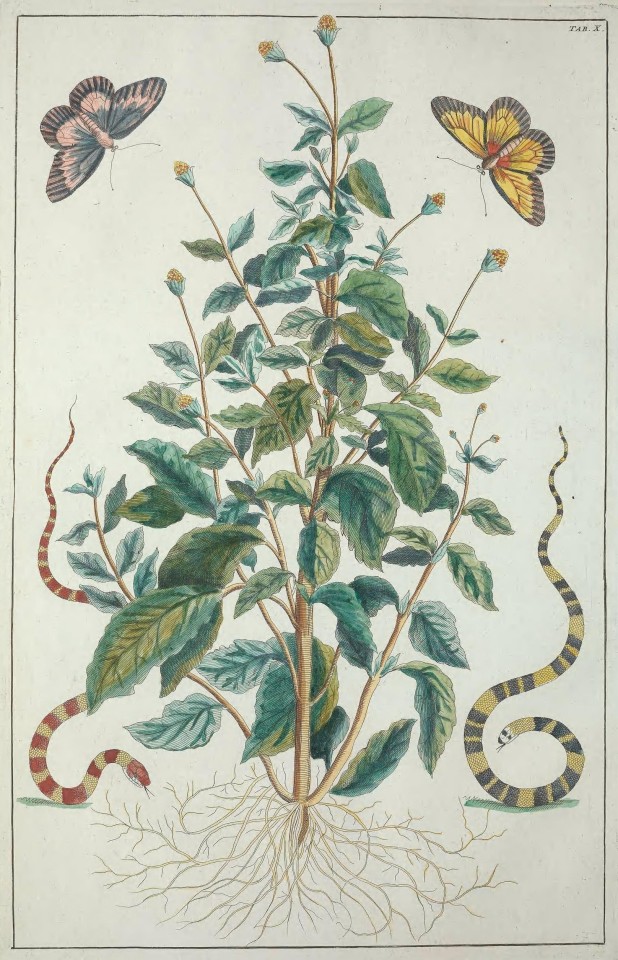
Butterflies, aster, and snakes shown on Plate 10 of Albertus Seba's Cabinet of Curiosities, T.1 (1734-65).
View more in the Biodiversity Heritage Library with thanks to the Smithsonian Libraries and Archives for digitizing.
#Saturday Night Seba#butterflies#snakes#aster#Albertus Seba#bhlib#histsciart#sciart#naturalhistory#biodiversity heritage library#smithsonian libraries
99 notes
·
View notes